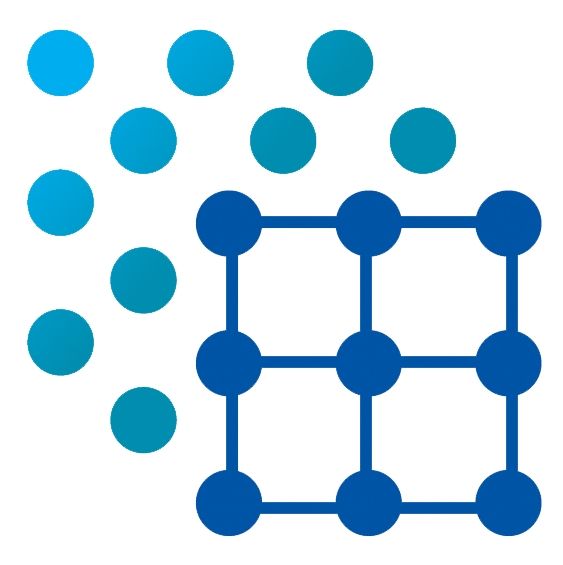The D4 Endeavor fits in a unique niche in the XRD world. It’s basically the same thing as a Bruker D8, but built into a very compact cabinet with a large autosampler on top. These machines see heavy use in the cement, pharmaceuticals, and aluminum industries among others. Today we have one headed out to a new home. It started life in the pharmaceutical world, but had light use so it was a great candidate for refurbishment.
Deprecated: preg_match_all(): Passing null to parameter #2 ($subject) of type string is deprecated in /media/websites/ksawp2/wp-includes/media.php on line 1868
Deprecated: preg_split(): Passing null to parameter #2 ($subject) of type string is deprecated in /media/websites/ksawp2/wp-includes/formatting.php on line 3479
Energy resolution 140eV under ideal conditions. All KB peaks eliminated electronically. W LA1 (8.40 KeV) lines eliminated from Cu KA1,2 (8.04 KeV) scans even with thoroughly contaminated tubes. Common fluorescence energies (i.e. Fe when Cu tube anodes are used) are greatly reduced. (Brehmstralung effects are impossible to remove completely) Most PSD detectors offer no better than 650eV. This allows for a great deal of fluorescence energy to pass as well as W LA1 from older Cu tubes. Low angle scatter The detector mounts in place of the



